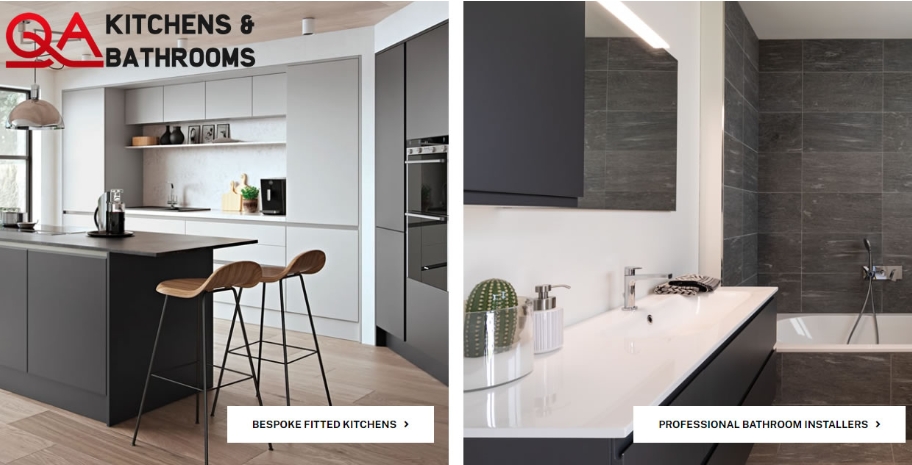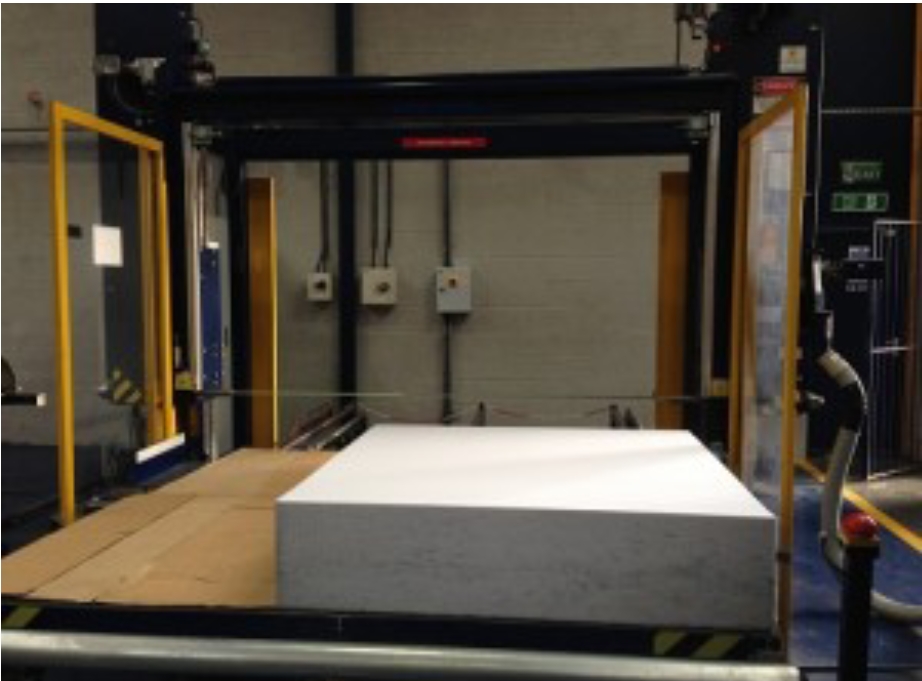Windows are essential elements in both residential and commercial architecture. They serve practical functions—providing natural light, ventilation, insulation, and security—while also contributing to a building’s aesthetic value. As structures evolve in design and efficiency, so too do the standards for window performance. This is where Window Glass Installation comes into play as a critical component of construction and renovation projects.
Installing new window glass is more than just replacing a pane. It involves precision, material choice, structural assessment, and expert handling to ensure optimal results. Whether you’re upgrading old windows for energy efficiency, installing specialty glass for safety, or enhancing the visual appeal of a property, understanding the process and importance of professional installation is key.
In this article, we’ll explore the benefits, types, and essential considerations of glass installation for windows, guiding you through every stage from selection to aftercare.
The Role of Windows in Modern Building Design
Windows are unique architectural elements because they must perform well in multiple categories simultaneously: visibility, security, insulation, sound control, and design coherence. They serve as a barrier between indoor and outdoor environments while letting in daylight and offering views of the exterior.
Modern architecture emphasizes natural lighting, minimalism, and energy efficiency—all of which place higher demands on window design and installation. Improperly installed or low-quality windows can compromise structural integrity, increase utility costs, and reduce occupant comfort. By contrast, expertly installed windows with the right type of glass can dramatically improve a building’s performance.
Why Proper Installation Matters
Even the highest-quality glass will underperform if not installed correctly. Precision is essential in Window Glass Installation to ensure that the pane is securely set, properly sealed, and supported by the right framing system.
Poor installation can lead to:
- Air and water leaks that affect comfort and lead to mold or structural damage.
- Thermal inefficiency that results in higher heating and cooling costs.
- Condensation between panes due to compromised seals.
- Misalignment that makes windows difficult to open, close, or lock.
- Reduced lifespan of the window and surrounding components.
Professional installers are trained to avoid these pitfalls through the use of proper tools, techniques, and quality control processes. They ensure that every component—from the glass itself to the sealant and frame—is perfectly aligned and secured.
Choosing the Right Type of Glass
Glass selection plays a vital role in window performance and must be tailored to the specific needs of a space. Here are some common types of glass used in installations:
1. Annealed Glass
This is the most basic type of float glass, used where safety isn’t a critical concern. It’s typically less expensive but breaks into large, sharp pieces.
2. Tempered Glass
Tempered glass is heat-treated to be four to five times stronger than standard glass. When it breaks, it shatters into small, blunt pieces, making it much safer.
3. Laminated Glass
Made by sandwiching a layer of plastic between two panes, laminated glass holds together when broken. It’s often used for enhanced security and sound insulation.
4. Low-E Glass
Low-emissivity (Low-E) glass features a thin metallic coating that reflects infrared and ultraviolet light. It helps regulate indoor temperatures without blocking visible light.
5. Insulated Glass Units (IGUs)
IGUs consist of two or more panes separated by spacers and filled with inert gas. They are highly effective in reducing heat transfer and improving energy efficiency.
Each type has its benefits, and your choice should be guided by the building’s purpose, climate, safety requirements, and aesthetic goals.
Energy Efficiency and Environmental Impact
Energy efficiency is one of the top reasons people choose to replace or upgrade their windows. Well-installed windows with insulated or Low-E glass significantly reduce heat loss during winter and minimize heat gain during summer.
Proper Window Glass Installation ensures a tight seal, which is essential for maintaining consistent indoor temperatures. This leads to lower reliance on heating and cooling systems, reducing both energy bills and environmental footprint.
Many green building certifications and energy efficiency standards include requirements for window performance. Choosing ENERGY STAR-rated products and ensuring proper installation can even qualify for rebates or tax incentives in some regions.
The Installation Process: Step-by-Step Overview
While the specific method may vary depending on the type of window and building, here is a general overview of the Window Glass Installation process:
Step 1: Site Assessment
The installer examines the existing window or opening to determine measurements, structure condition, and compatibility with the new glass. This includes checking for rot, mold, or frame damage.
Step 2: Glass Selection and Ordering
Based on the needs assessed—such as energy efficiency, security, or noise reduction—the right glass type is selected. Custom glass may need to be ordered to fit non-standard sizes.
Step 3: Removal of Old Glass or Window
In replacement jobs, the old glass is carefully removed without damaging the frame or wall. This is particularly important in buildings with historic or custom-designed structures.
Step 4: Preparing the Frame
The frame is cleaned and inspected. Any necessary repairs are made, and high-quality sealants or insulation materials are applied to ensure a weather-tight fit.
Step 5: Glass Installation
The new pane is installed using the appropriate setting blocks, spacers, and sealants. The installer ensures the glass is level, flush, and properly aligned within the frame.
Step 6: Final Sealing and Inspection
After installation, sealants are smoothed and inspected for gaps or bubbles. The installer checks for alignment, opening/closing functionality, and airtightness.
Step 7: Cleanup and Aftercare Guidance
Any leftover debris is removed, and the area is cleaned. The installer provides guidance on care, cleaning, and warranty terms.
Customization and Design Options
Today’s glass installations go beyond function—they’re also part of the building’s style. Modern windows can be customized with:
- Tinted glass for sun control and privacy.
- Decorative films for aesthetics or branding.
- Patterned or frosted glass for bathrooms or entryways.
- Smart glass that changes opacity with electrical current.
All of these options allow property owners to balance form and function while elevating the visual impact of their spaces.
Common Mistakes to Avoid
Even with high-quality glass and experienced installers, mistakes can happen. Here are some common errors to watch out for:
- Incorrect measurements leading to ill-fitting glass.
- Skipping moisture barriers which can result in water damage.
- Using low-quality sealants that degrade quickly under UV exposure.
- Improper glass handling that introduces stress points or imperfections.
Hiring certified, reputable installers significantly reduces the likelihood of these issues.
Maintenance Tips to Prolong Performance
Once your windows are installed, proper maintenance can keep them in optimal condition for years:
- Clean glass surfaces with non-abrasive materials and mild detergents.
- Check seals and caulking annually for signs of wear or cracks.
- Keep tracks and frames free of dirt and debris to ensure smooth operation.
- Schedule periodic inspections if you notice fogging, drafts, or condensation.
Following these steps helps preserve the integrity of the installation and ensures continued energy efficiency and comfort.
The Long-Term Value of Professional Installation
Investing in professional Window Glass Installation may come at a higher initial cost compared to DIY efforts, but the long-term benefits are substantial. It ensures:
- Safety: Properly installed glass is less likely to break under stress.
- Durability: Quality work stands up to the elements and lasts longer.
- Peace of mind: You’ll know your windows meet all relevant codes and standards.
Whether it’s a new construction project, a home remodel, or a simple upgrade, expert installation lays the foundation for better performance and satisfaction.
Final Thoughts
Windows shape the way we experience space—providing light, air, protection, and connection to the outside world. As architectural standards evolve, so too must our expectations for window quality and performance. Proper Window Glass Installation is more than just a construction task—it’s a precision-driven, value-adding process that enhances the comfort, appearance, and energy performance of any building.
When done right, it offers a clear path to better living, greater efficiency, and lasting value. Whether you’re building from scratch or upgrading existing windows, never underestimate the importance of expert guidance and careful execution.


